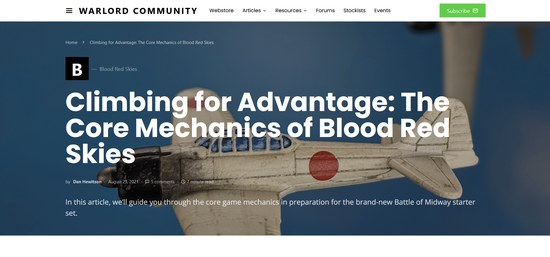One problem when presenting aircraft on a wargames table is the artificiality of the base required to hold them up.
In the past I have used a weight, with a single wire with the aircraft or formation on it. A tripod with the aircraft or formation on top, various plastic or metal counters, etc. While each system has its advantages, it does look ugly in photographs, and very artificial in use.
Therefore, a year or so ago, I set out to change all that with a new system. I had seen people put their model soldiers or ships on clear plastic, and it certainly looks good. Because terrain and circumstances differ, model soldiers with heavily sculptured bases can look great in one situation and horrible in another. There is nothing as awful as a group of infantry with stones and grass on their base, standing on the first floor of a building or on a paved road! The same applies to model ships if the tabletop colours change to allow for shallow water, or just the various hues of the sea.
Having decided to try clear plastic, I purchased some from my local hobby shop. Mounted up, the ships did look better, but the plastic was not glass-clear.
Then I spotted some shirts in a local shop. These were boxed with a cellophane (or thin plastic) with the clear quality of good glass. A quick experiment showed the plastic was easily strong enough - and best of all, it comes on lots of containers, so it's not hard to get a lot of it to use, even with my huge model collection. Moreover, of course it is free!

Note that after experimentation, I found it easier to cut the bases as elongated triangles. If it is to be clear and unobtrusive, then the front edges of a rectangular base are not needed.
It was while rebasing some of my fleets that I ran out of plastic box tops, and - it being late at night - I searched around for an alternative already available at home. My eye fell on some clear off-cuts from pages I had laminated and then trimmed down. To my surprise, the material was even clearer than the shirt-box material, but not quite as strong. The main problem when used as ship bases was a tendency to curl up at the edges, something the thicker plastic did not do.
However, it was then that the Eureka factor cut in. Although not strong enough to use for ship bases, it was certainly strong enough to hold up model aircraft!
With scissors and glue, I set about cutting, and had soon made some aircraft stands. However, these early ones were bulky. I had erred on the side of caution, and made them very sturdy. The result was that - although better than a solid wire stick - they were still too easy to see, and needed something heavy on the base to make them stay upright. A weight on the base was one of the things I had been trying to avoid.

The metal base is as obtrusive as the very things I was trying to replace, and the structure itself was bulky. As such, it was similarly as much of an eyesore as what I wanted to replace!






